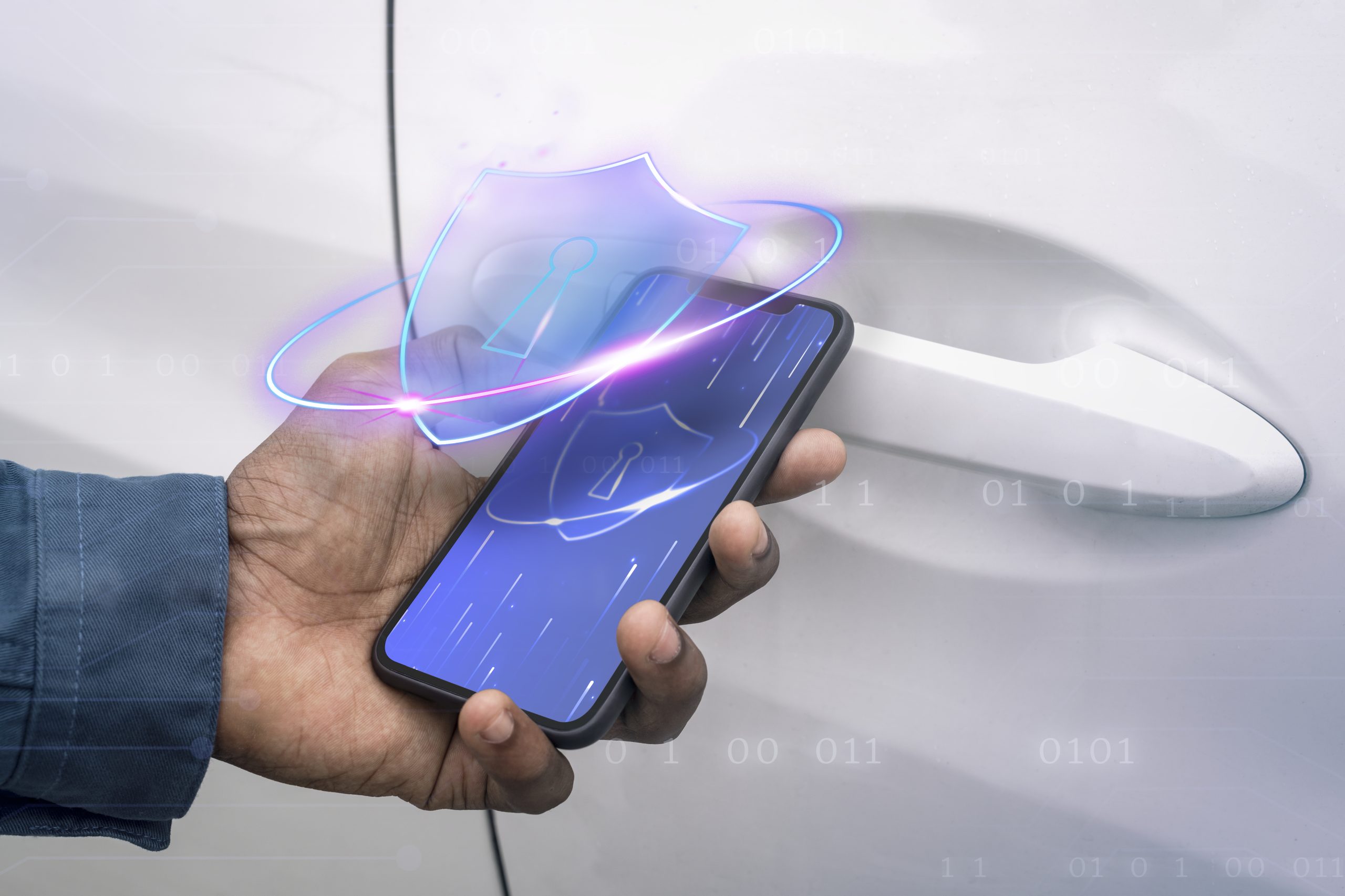Navigating the digital realm can be daunting, especially when it involves securing mobile devices used for work tasks. As remote work gains prominence, mobile security becomes crucial for maintaining confidentiality and protecting sensitive data from potential cyber threats. In this digital age, ensuring phone security is not just about keeping personal apps and data safe but also about safeguarding company information that employees access through their mobile devices. These six mobile security tips will serve as a comprehensive guide to enhancing your phone’s security, helping to mitigate risks and shield you from hackers and scammers.
The first step toward mastering mobile safety is implementing strong password policies. A strong password serves as the first line of defense against unauthorized access. Encourage employees to use complex passwords that combine uppercase and lowercase letters, numbers, and special characters. Regularly update these passwords and avoid using easily guessed information like birthdays or sequential numbers. Additionally, employing two-factor authentication when available provides an added layer of security, making it more difficult for cybercriminals to breach devices.
Alongside robust passwords, encourage employees to keep their device systems and applications up to date. Software updates often include crucial security patches that address vulnerabilities hackers might exploit. By ensuring that all devices used for work purposes run on the latest operating system and have updated applications, you’re minimizing entry points for cyber threats. Enable automatic updates where possible, so you don’t miss critical patches and improvements that enhance security.
Employee awareness plays a significant role in mobile security. Regularly educate your workforce about the latest phishing techniques and scam tactics. Foster a culture of vigilance by organizing workshops and sending regular newsletters featuring security tips and updates. By keeping employees informed about potential threats, such as suspicious emails or unknown app downloads, they can make informed decisions and recognize red flags before they’re targeted.
Mobile Device Management (MDM) software emerges as a vital asset in protecting employee devices used for work. MDM solutions offer centralized control over device configurations, ensuring compliance with security policies. Through MDM, employers can enforce password hygiene, manage application permissions, and remotely wipe data if a device is lost or stolen. Moreover, MDM systems allow businesses to distinguish between personal and professional data, reducing the risk of data breaches.
In addition to MDM, the use of Virtual Private Networks (VPNs) is advisable for secure remote access. When accessing corporate networks or sensitive information from public Wi-Fi, VPNs encrypt data transmissions, thereby protecting it from eavesdropping and interception. Encourage employees to connect to a reputable VPN service whenever they are accessing work-related resources outside the office environment. This ensures that regardless of their location, their communications remain private and protected.
Finally, implementing data encryption on mobile devices provides an overarching layer of security. Modern smartphones come equipped with built-in encryption features, which should be activated to encode data stored on the device. This means that even if a phone falls into the wrong hands, the encrypted data remains inaccessible without the correct decryption key. Educate your team about the importance of using encryption for storing sensitive files and remind them to backup encrypted data regularly to prevent data loss.
By adopting these mobile security strategies, businesses can significantly reduce the risk of cyber threats and ensure a safer digital environment for employees. As technology evolves, maintaining diligent security practices is essential for safeguarding both personal and organizational data. Encourage ongoing learning and keep security a top priority, fostering a culture of continuous improvement in mobile safety protocols. In doing so, you’ll be effectively fortifying your mobile workspace against ever-evolving cyber challenges.
